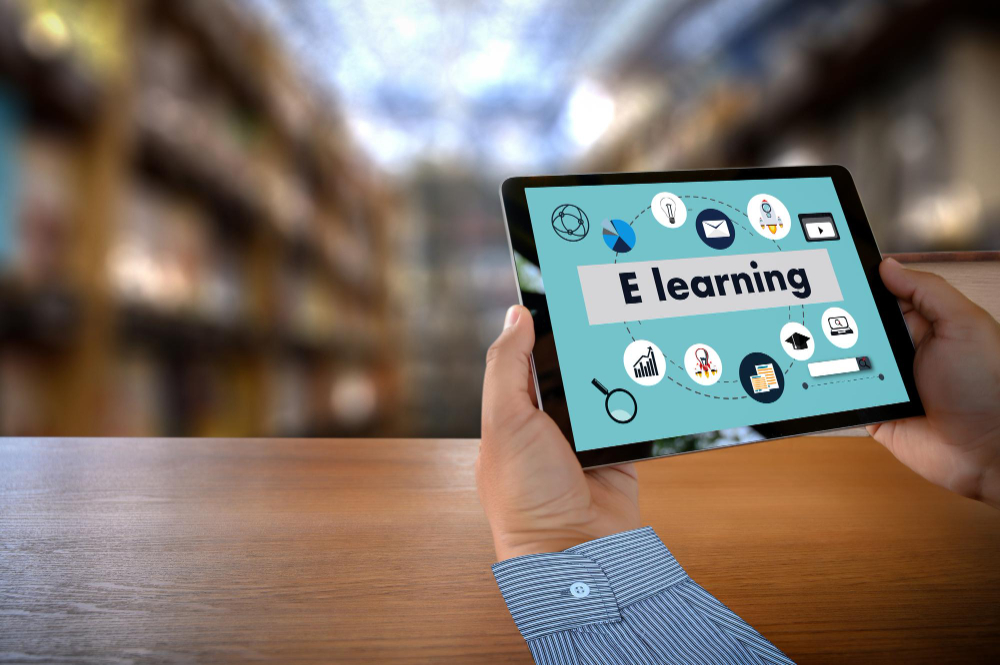In today’s digital-centric world, businesses that leverage eLearning stand at the forefront of their respective industries. By embracing innovative training methods, companies can enhance employee capabilities and align with the dynamic demands of modern markets. These digital tools serve as the cornerstone of business competitiveness, with eLearning emerging as a powerful catalyst for growth and sustainability.
The rapid adoption of interactive learning platforms has transformed the way companies train their workforce. These platforms offer tailored learning experiences, allowing employees to acquire new skills efficiently. The days of monotonous and generic training sessions are being replaced by engaging, scalable, and personalized approaches that cater to individual learning needs. This shift paves the way for a skilled workforce equipped to handle challenges swiftly, ultimately boosting overall productivity.
eLearning facilitates a seamless flow of information and fosters a culture of continuous improvement. As organizations face the necessity to adapt to market trends and technological advancements, they need agile learning environments that encourage self-paced and informal learning. This flexibility not only empowers employees to take charge of their career development but also aligns with enterprise objectives, creating a workforce that is resilient to change.
The integration of gamification in eLearning modules further enhances engagement. By incorporating elements of gaming, such as rewards and leaderboards, businesses create an immersive learning environment that motivates employees. This stimulation not only makes the learning process enjoyable but also increases retention rates and performance levels. As employees feel acknowledged and rewarded, their loyalty to the organization deepens, reducing turnover rates and refining the company’s competitive position.
As technology evolves, so do eLearning platforms, consistently adapting to incorporate emerging trends like virtual reality and artificial intelligence. These advancements hold the potential to revolutionize the learning experience by offering realistic simulations and personalized learning paths. By staying ahead with these innovations, businesses ensure they remain at the cutting edge, adequately prepared to meet future demands and challenges head-on.
Implementing a comprehensive eLearning strategy requires a focus on analytics and data-driven insights. By evaluating learning progress through analytics, companies can identify knowledge gaps and promptly address them. This proactive approach ensures that the workforce remains adept at handling industry-specific challenges, thereby enhancing operational efficiency and driving business success. Such insights also facilitate informed decision-making, refining strategies as needed for continuous improvement.
In essence, eLearning is paving the path for a more competitive business landscape. It empowers organizations to build an adaptive workforce, capable of thriving in a rapidly evolving marketplace. By prioritizing innovative learning solutions, businesses not only equip their teams with critical skills but also ensure long-term viability and success. In this digital age, mastering the market through eLearning is not just a possibility—it is a necessity.
